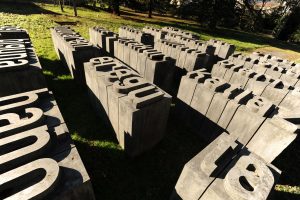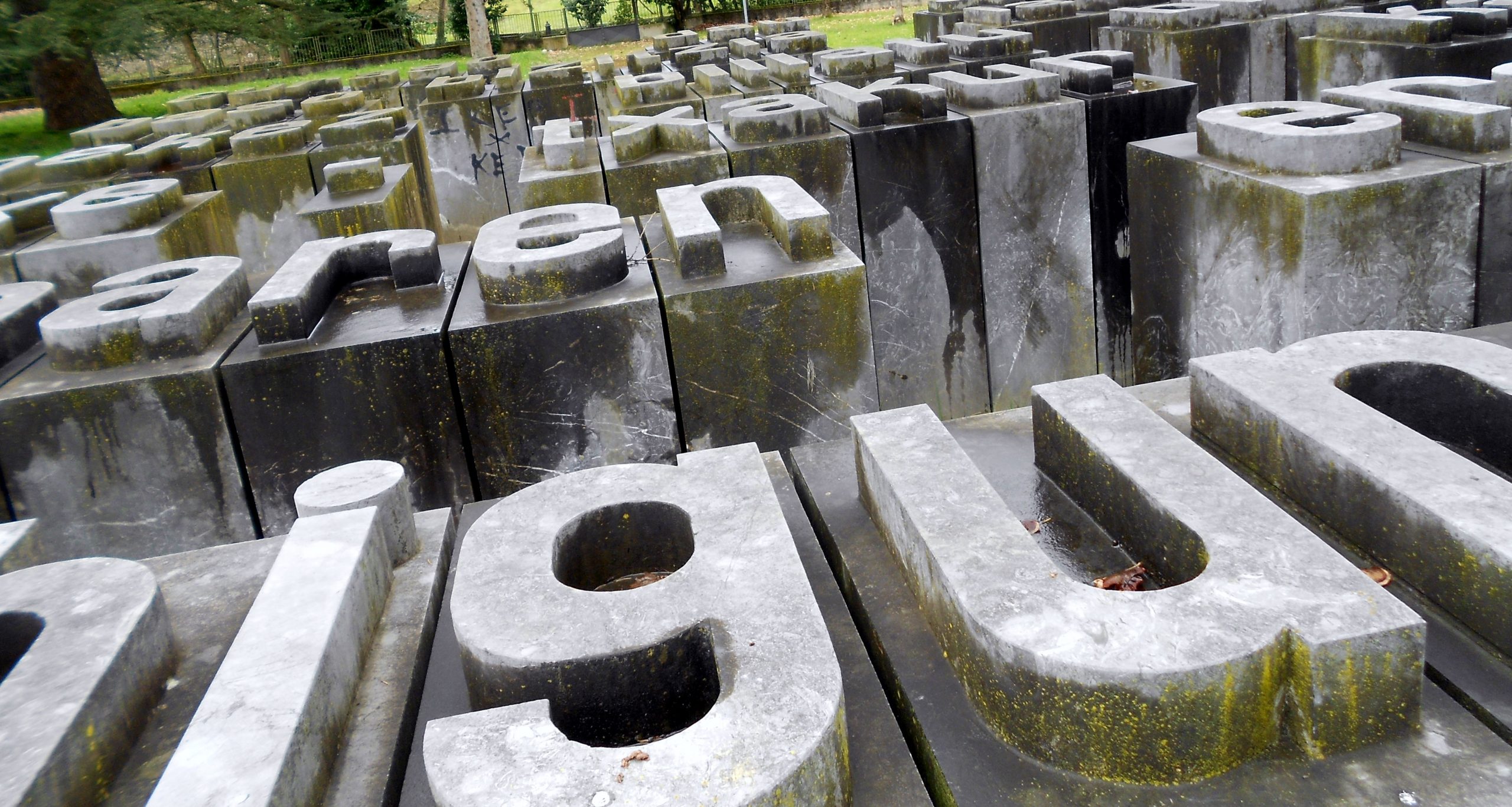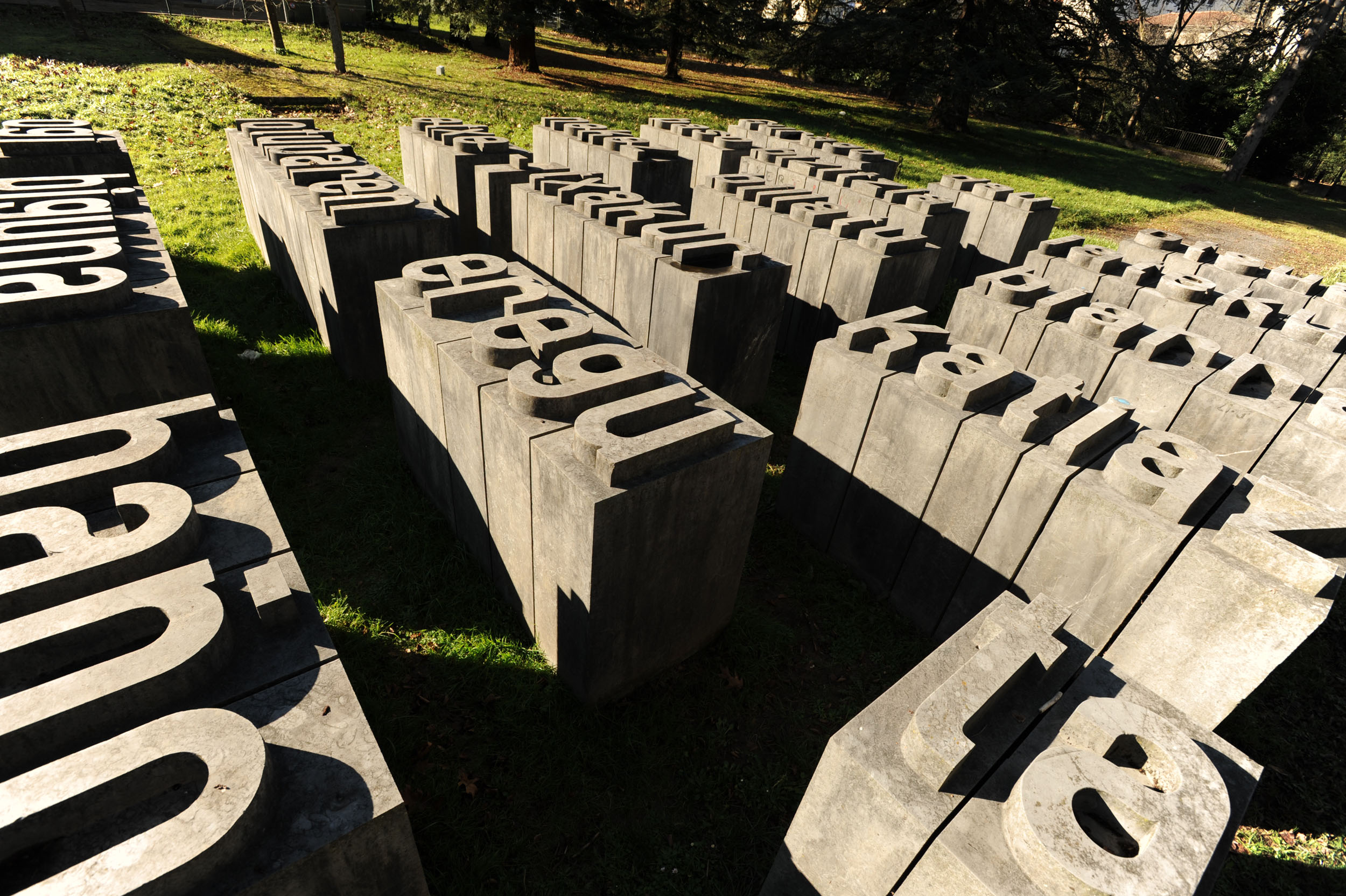SAN MIGEL OF ARRETXINAGA HERMITAGE
Located next to the Camino de Santiago where the Artibai and Urko rivers converge. Next to the hermitage are the old town hall of the Xemein parish, at number 22, and the probadero (a sport ground where a traditional game is played dragging stones).
Etymologically Arretxinaga means “place or site where the stones lie or are laid”. Arri, harria is “stone”. Etxi from etzin, etzan, is “to lie down, lay down” and the locative suffix -aga, “place of”. This interpretation would describe the geological phenomenon that the hermitage keeps and that attracts so much attention. This geological manifestation, called in Mineralogy hydrothermal process and which took place about 40 million years ago, welcomes the archangel saint Michael. The saint wields the spear against the demon at his feet in the form of a dragon or another fantastic animal. With a centralized floor in the shape of a hexagon and a single lintel entrance, it is topped by a belfry.
The origin of this hermitage is linked to the spiritual trend that developed in the High Middle Ages. In the Late Middle Ages, when the town of Markina was founded in 1355, it was said that the Xemein church had been abandoned because its parishioners frequented another religious site, perhaps the Arretxinaga site. In 1451, in a lawsuit over jurisdiction that the Xemein parish church had with the town of Markina, the existence of the hermitage is mentioned. Likewise, in 1541, it was recorded that the foundation of the hermitage was immemorial and that it had had hermits and then, it had freilas (military nuns) who cared for it. On August 17, 1626, the altar of saint Michael was solemnly consecrated considering that the sanctuary of Arretxinaga had a great resemblance to that of Monte Gargano in Apulia (Italy) and it was dedicated to the archangel saint Michael. In 1631 there were no hermits or freilas, but the house dedicated to their habitation still existed.
In 1734, the Xemein parish church decided to rebuild the hermitage because its structure threatened to get ruined. A project was presented by P. B. Villarreal de Bérriz (1669-1740), but another design was carried out and the hermitage was inaugurated in 1741. In 1893 the roof was completely retiled. In 1894, the architect Pedro José de Astarloa presented the approximate budget for the conservation and repair works. However, preference was given to image restoration. The images and altars, there were several, were painted in 1895 by a resident of the town, Ramón de Ubera, following the conditions established by the structure board.
On September 29, the feast of the titular saint, at midnight the local dance group, Zerutxu Dantza Taldea, dances the traditional Mahai Ganeko (on the table). The current state of the Arretxinaga complex is due to the remodeling work carried out by the Markina-Xemein City Council and the Provincial Council of Bizkaia.
Continue reading



